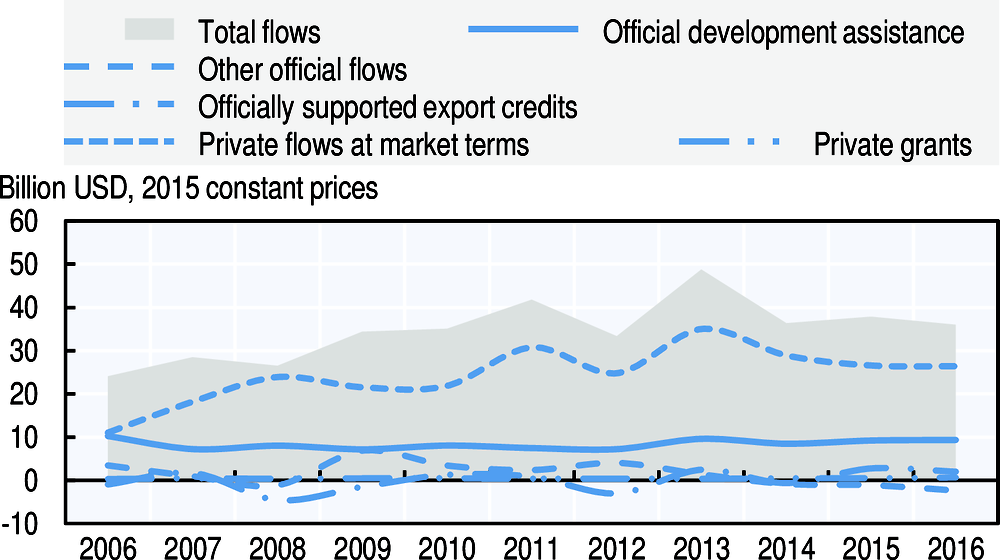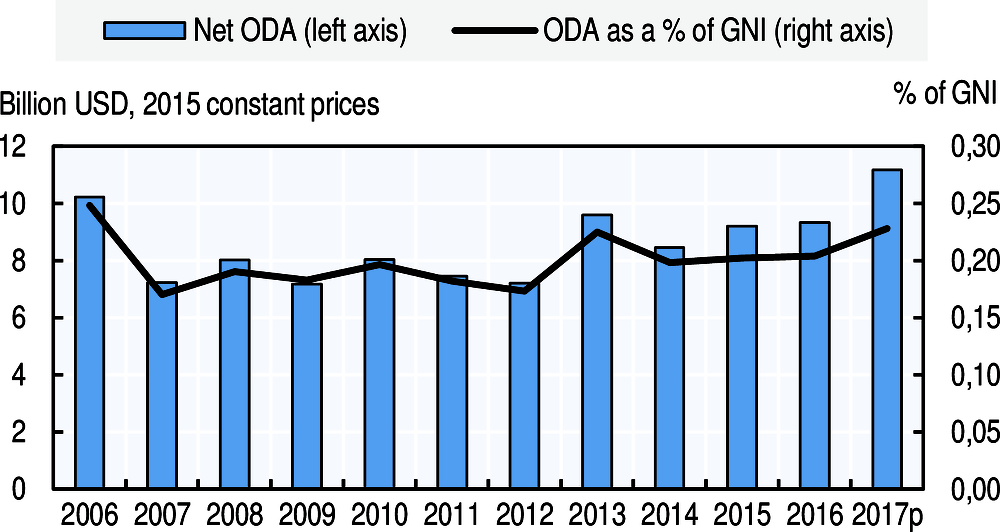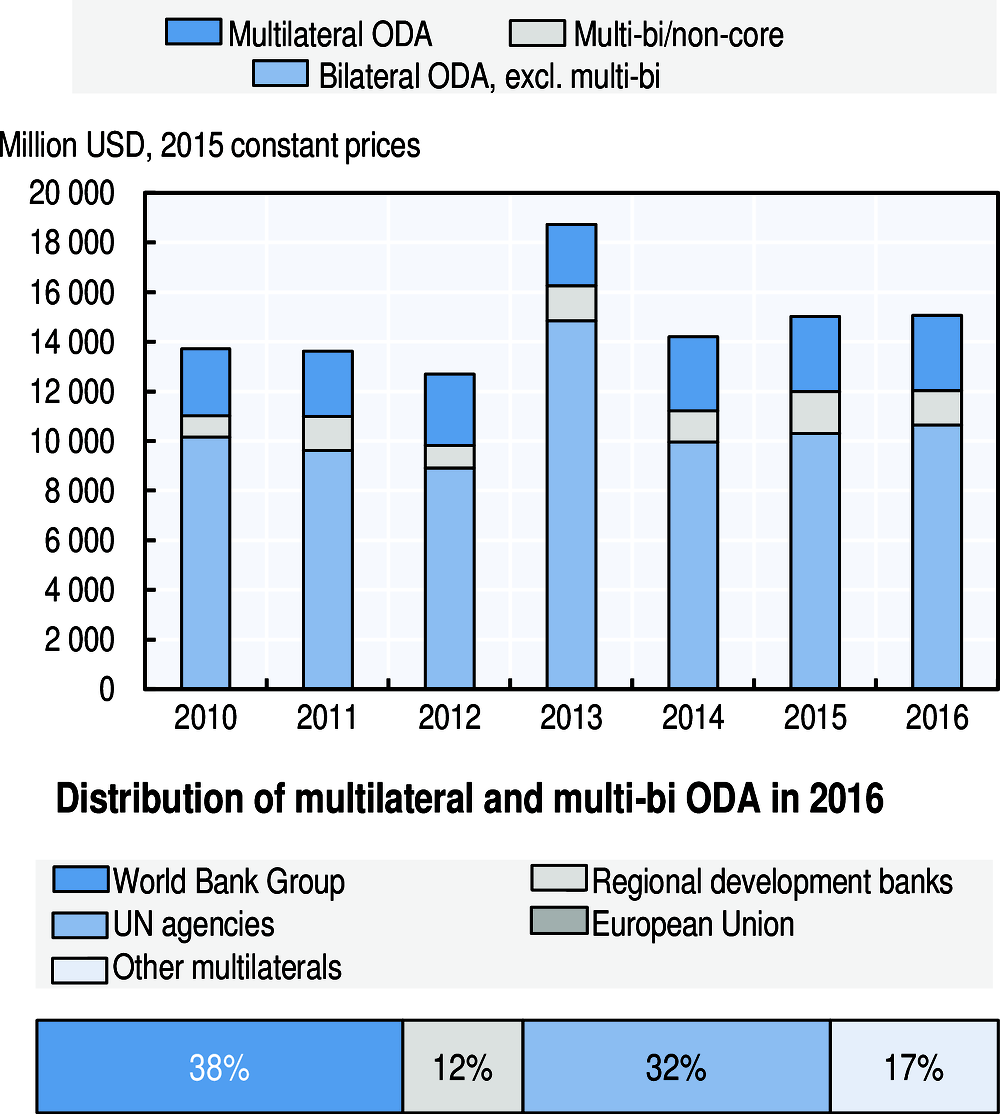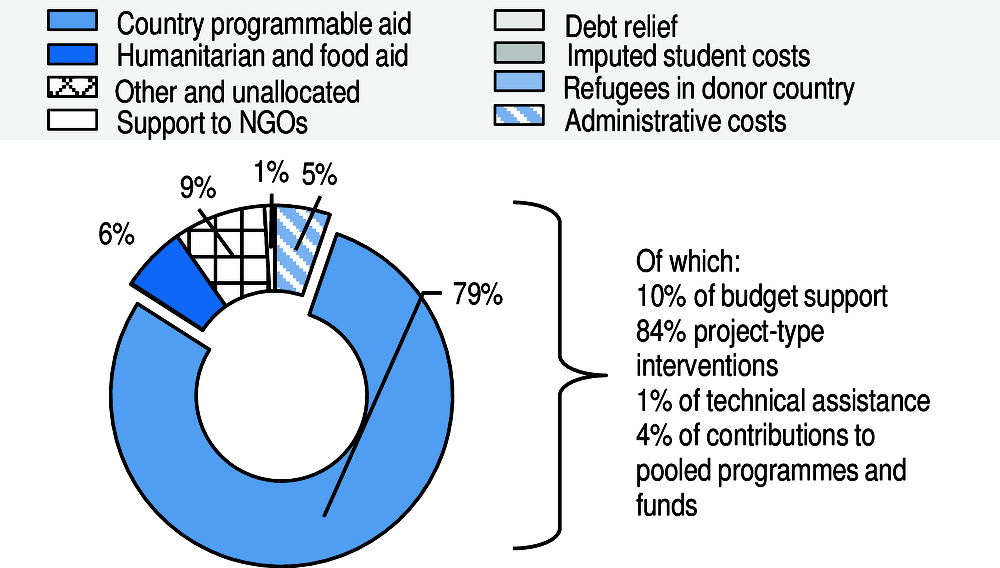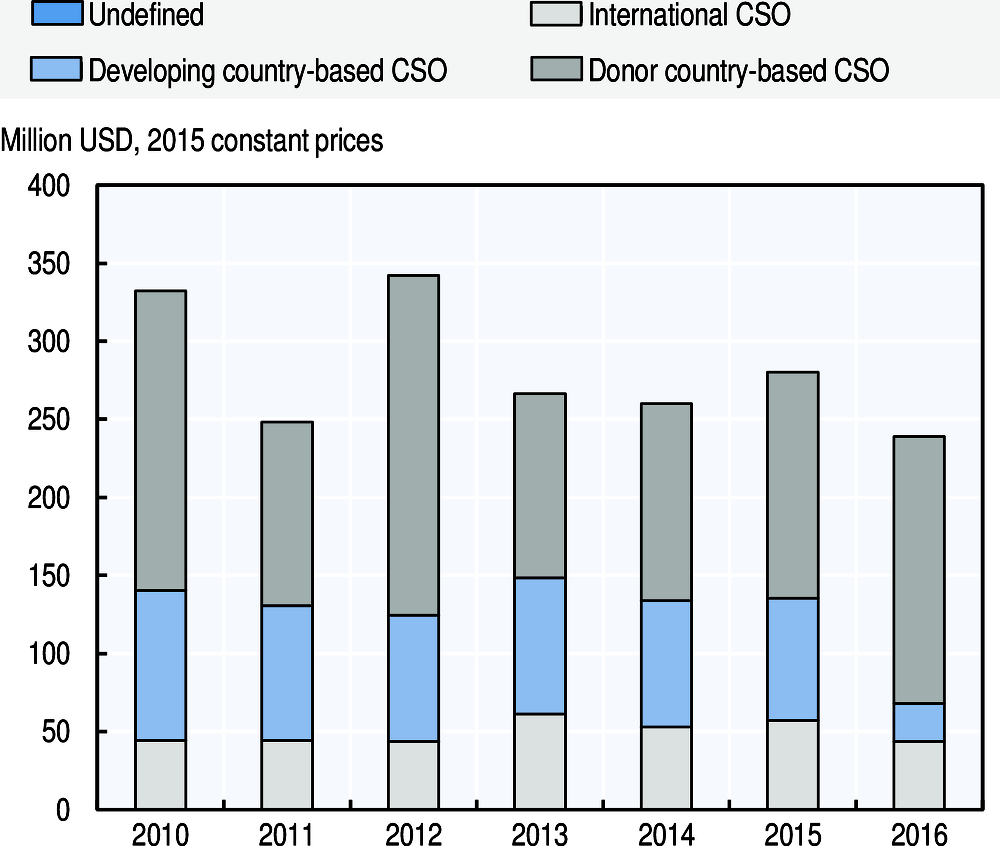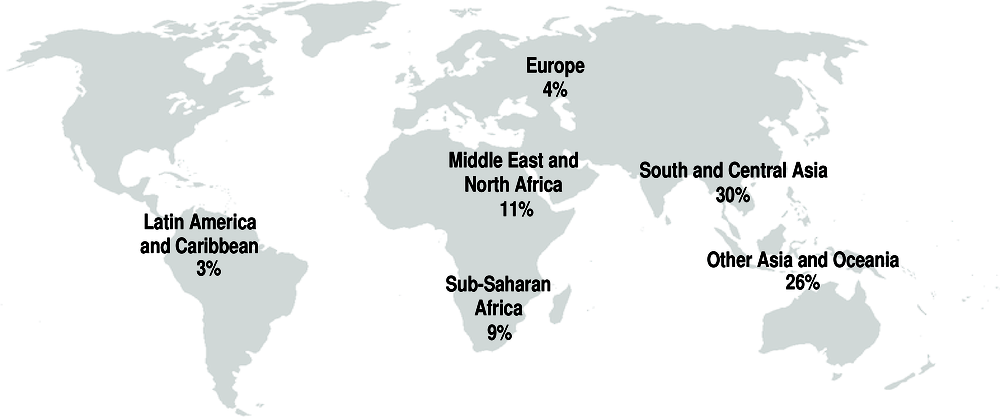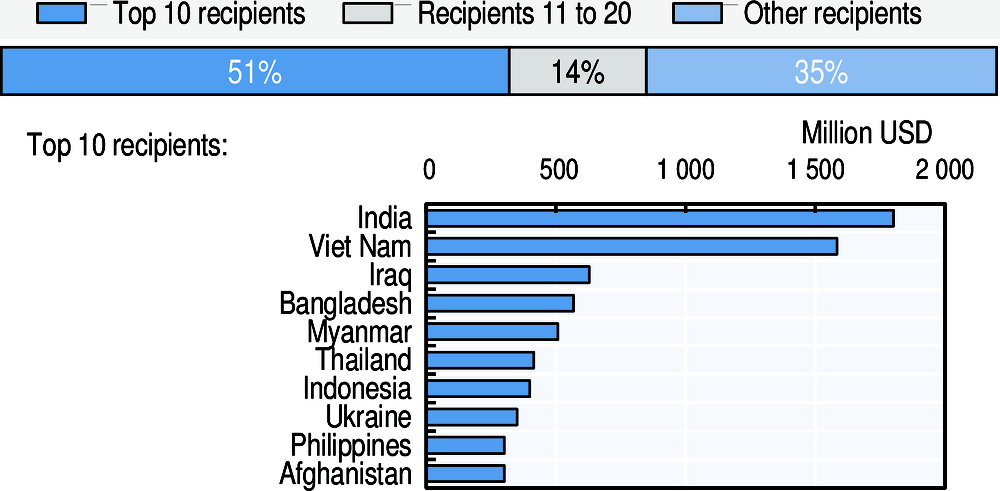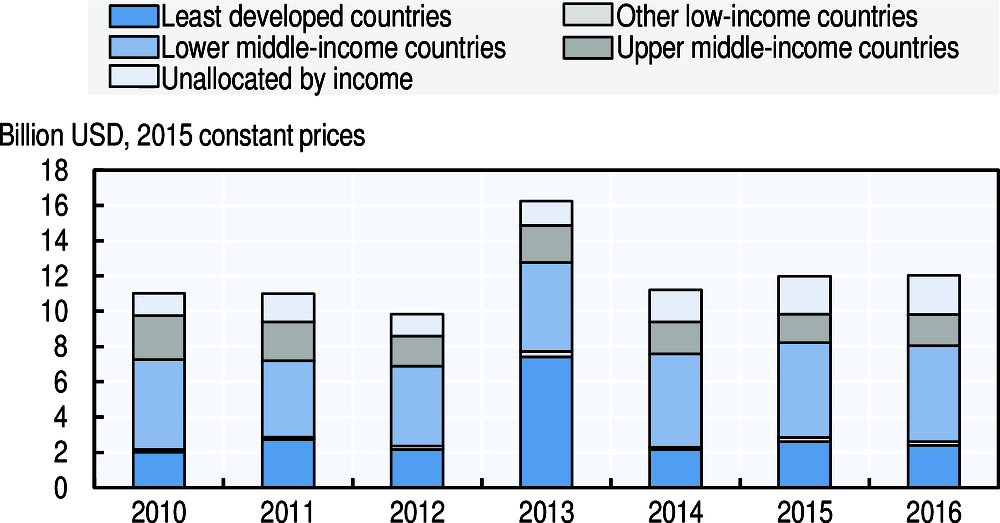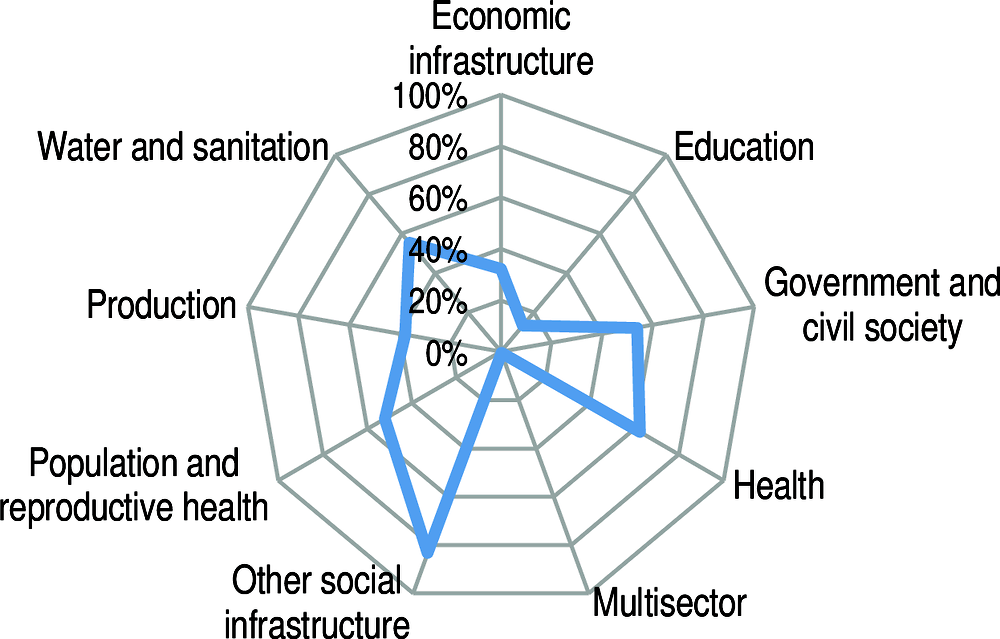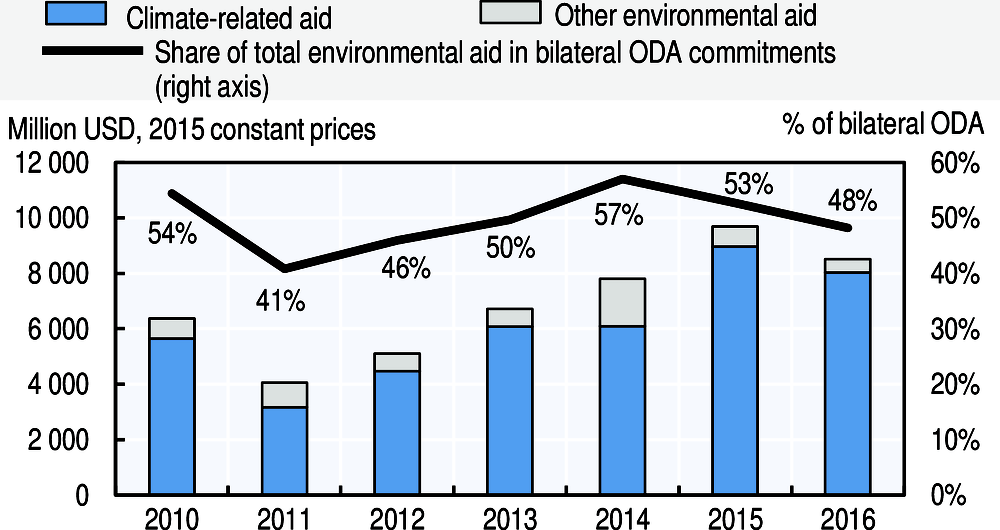Japan
Leaving no one behind: Japan’s approach and priorities
Japan committed to leaving no one behind in the Development Co-operation Charter decided by the Cabinet in 2015 and its SDGs Action Plan in 2018. Japan attaches importance to the concept of human security which gives particular consideration to people in vulnerable situations and is a key to addressing “leave no one behind.” Japan focuses its development co-operation on individuals – especially those liable to be vulnerable such as children, women, persons with disabilities, the elderly, refugees and internally displaced persons, ethnic minorities, and indigenous peoples. It provides co-operation for their protection and empowerment so as to realise human security.
To promote a human security approach within the United Nations system, Japan has been contributing to the United Nations Trust Fund for Human Security since its establishment in 1999. To reduce poverty sustainably, Japan also prioritises “quality” economic growth which must be inclusive and shared, sustainable and resilient to shocks.
Japan mainstreams leave no one behind into development co-operation through, for example, the Japan International Cooperation Agency’s Environmental and Social Considerations/Guidelines which focus on the human rights of vulnerable social groups.
Financial flows from Japan to developing countries
Japan’s performance against commitments for effective development co-operation
Japan’s official development assistance
In 2017, Japan provided USD 11.5 billion in net ODA (preliminary data). This represented 0.23% of gross national income (GNI) and a 13.9% increase in real terms from 2016 due to an increase in its bilateral aid to least developed countries (LDCs) as well as loans. Japan reported USD 0.29 million of in-donor refugee costs as ODA in 2017.
In 2016, the untied share of Japanese total bilateral ODA, excluding technical co-operation, was 86.2%, an increase of 3.9 percentage points from 2015. Japan’s ODA includes a large technical co-operation programme, but Japan does not report its tying status. The share of total Japanese bilateral aid reported as untied was 77.4% in 2016,1 compared with the Development Assistance Committee (DAC) average of 81.2%. The grant element of total ODA was 85.7% in 2016. Loans amounted to 50.2% of gross ODA.
In 2016, 80% of ODA was provided bilaterally. Japan allocated 20% of total ODA as core contributions to multilateral organisations. In addition, it channelled 11.6% of its bilateral ODA for specific projects implemented by multilateral organisations (multi-bi/non-core contributions).
In 2016, Japan programmed 78.8% of bilateral ODA with partner countries. Japan’s share of country programmable aid was above the DAC country average of 46.8% in 2016. Project-type interventions totalled 84% of this aid.
In 2016, USD 266.6 million of bilateral ODA was channelled to and through civil society organisations (CSOs). Between 2015 and 2016 Japan’s aid channelled to and through CSOs remained stable as a share of bilateral ODA (2.3% in 2015 and 2% in 2016).
Bilateral ODA was heavily focused on Asia. In 2016, USD 4 billion was allocated to south and central Asia and USD 3.2 billion to Far East Asia. USD 1.2 billion was allocated to sub-Saharan Africa.
In 2016, 51% of bilateral ODA went to Japan’s top 10 recipients. In line with its stated use of ODA as a diplomatic tool, Japan has a bilateral programme in 145 countries. Japan’s support to fragile contexts reached USD 4 billion in 2016 (30% of gross bilateral ODA). Support to fragile contexts consisted mainly of project-type interventions (74%) and contributions to pooled funds (15%).
In 2016, 20% of bilateral ODA was provided to the LDCs, amounting to USD 2.7 billion. This is a decrease from 2015 (21.6%), and is lower than the 2016 DAC country average of 21.9%. Lower middle-income countries received the highest share of bilateral ODA in 2016 (45.1%).
At 0.08% of GNI in 2016, total ODA to the LDCs was lower than the UN target of 0.15% of GNI.
In 2016, 51.1% of bilateral ODA was allocated to economic infrastructure and services, or a total of USD 10.7 billion, with a strong focus on transport and storage (USD 8 billion) and energy generation and supply (USD 2.6 billion). USD 1.3 billion was allocated to water and sanitation, as a part of social infrastructure and services. Humanitarian aid amounted to USD 921 million. In 2016, Japan committed USD 4.9 million of ODA to the mobilisation of domestic resources in developing countries. It also committed USD 11.6 billion (59% of bilateral allocable aid) to promote aid for trade and to improve developing countries’ trade performance and integration into the world economy.
USD 6.3 billion of bilateral ODA supported gender equality. In 2016, 33.5% of Japan’s bilateral allocable aid had gender equality and women’s empowerment as a principal or significant objective, compared to the DAC country average of 36.5%. This was down from 2015 when it was at 41.1%. A high share of Japan’s aid to other social infrastructure focuses on gender.
USD 9.5 billion of bilateral ODA supported the environment in 2016. In 2016, 48.2% of Japan’s bilateral allocable aid supported the environment and 45.5% (USD 9 billion) focused particularly on climate change, compared with the respective DAC country averages of 33% and 25.7%.
Note to reader: Annex B provides “Methodological notes on the profiles of Development Assistance Committee members”.
References
OECD (2008), DAC Recommendation on Untying ODA to the Least Developed Countries and Heavily Indebted Poor Countries, OECD, Paris, http://www.oecd.org/dac/financing-sustainable-development/development-finance-standards/untied-aid.htm.
Note
← 1. Japan interprets the Accra and Busan commitments on untying to be restricted only to ODA covered by the DAC Recommendation on Untying ODA to Least Developed Countries and Heavily Indebted Poor Countries (OECD, 2008[2]). With respect to the implementation of the recommendation, Japan notified the DAC during the 2014 Peer Review that, in accordance with paragraph 21 of this recommendation, it reserves the right to use tied aid as part of its ODA to all non-LDC highly indebted poor countries.

